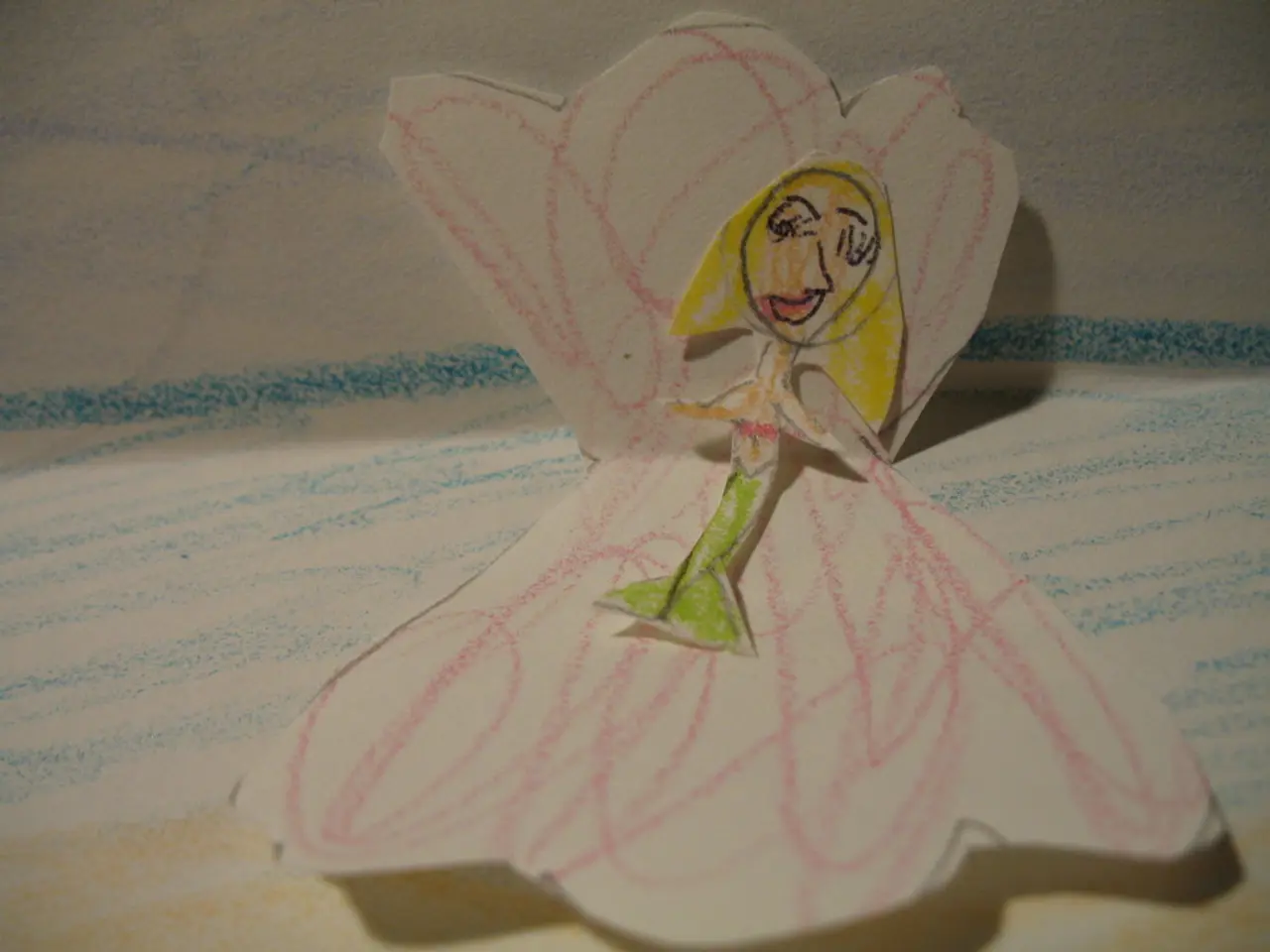Essential insights for aspiring artists attempting to penetrate the world of picture books
In the world of literature, picture books stand out as a unique and captivating form of storytelling. According to Prof. Martin Salisbury, an illustrator and founder of the Children's Book Illustration masters course, the defining characteristic of a picture book is the interdependent relationship between words and pictures.
"The words and pictures in a picture book form a sort of duet," says Salisbury. "Neither the text nor the images alone would fully make sense without the other; they function together like a duet." This contrasts with illustrated books, where the words usually stand alone meaningfully, and the images merely enhance or accompany the text without duplicating its meaning.
Salisbury likens the picture book maker to a singer-songwriter, crafting a cohesive narrative through this word-image partnership.
Illustrator Zoe Damoulakis echoes these sentiments, stating that picture books are important now more than ever. "They can provide times for having a giggle or winding down before bed," she says. Damoulakis finds picture books magical due to the page turn, which leads to a level of engagement and immersion that more passive entertainment lacks.
Mikey Please, an author and illustrator, shares Damoulakis' appreciation for picture books. His interest in picture books comes from their succinct, joyful bullets of artistry, making it difficult to tell a good story with no fat, but a magnificent feeling when they land. For Please, picture books are immersive for different age groups, with children looking for an immersive world, while adults want to create their own.
Please's book, The Expanded Earth, requires sensitivity in illustrations to not disrupt the internal picture forming in the reader's mind, as adult readers want to come to their own conclusions.
Picture books are not just for children, as Grahame Baker-Smith, another renowned illustrator, can attest. Baker-Smith explains that reading picture books to his children was a lovely, intimate, and bonding time at the end of the day. He finds picture books appealing due to their format, as they allow artists to tell stories, create worlds, and handle various roles from script to final art.
When it comes to creating picture books, Damoulakis suggests collecting a wide variety of artwork that appeals to you, investigating why they appeal, and getting in touch with your own aesthetic. She advises artists to nail down fundamental drawing and painting skills, but also encourages breaking the rules to serve storytelling. Zoe Damoulakis recommends starting to make work immediately, even if the results aren't satisfying, as you'll learn quicker by doing rather than thinking.
Picture books offer a way to combat declining literacy levels and the ability of young people to concentrate. They are great for helping children explore complex topics, work through difficult situations, stimulate their imaginations, and connect with the adults in their lives.
In summary, picture books are characterized by a synergistic relationship between text and images, where both are essential for storytelling. The text and images do not fully stand alone but complement and expand meaning together. The physical format encourages reader engagement through pacing and visual literacy, such as with the page turn. These ideas highlight picture books as a distinctive art form where meaning emerges from the interplay of words and pictures rather than from either element independently.
- An illustrator might work on a captivating digital art piece, which can serve as the centerpiece of a compelling picture book.
- The design of a picture book's layout should reflect the lifestyle, fashion-and-beauty, food-and-drink, home-and-garden themes found within its pages.
- A talented artist, functioning as both a designer and an illustrator, crafts the UI and UX of the picture book, ensuring a seamless blend of words and images.
- Picture books serve as a creative platform for various storytelling illustrations, ranging from pets to travel, cars, and shopping scenes.
- In the realm of art, picture books are respected alongside traditional painting, offering a unique form of medium for digital art.
- The artist may create a striking logo or a mesmerizing illustration that captures the essence of the picture book's narrative.
- A tutorial on color theory can help artists select and use colors that effectively complement the storytelling and appeal to the target audience.
- Posters featuring popular scenes from picture books can be a powerful promotional tool, capturing the attention of potential readers.
- Relationships between characters in picture books can be depicted through expressive facial expressions, helping readers connect with the story on a deeper level.
- A picture book, when transformed into a poster, can add a touch of artistic flair to any room, serving as a conversation starter in homes and gardens.
- Drawing inspiration from the illustrations found within picture books, fashion designers could create modern clothing lines based on those designs, blending art and lifestyle.
- As adults turn the pages of a picture book, they can reminisce about their own childhood and the joy that picture books brought into their lives, sparking memories of relationships and memories with their own pets, travels, and more.




